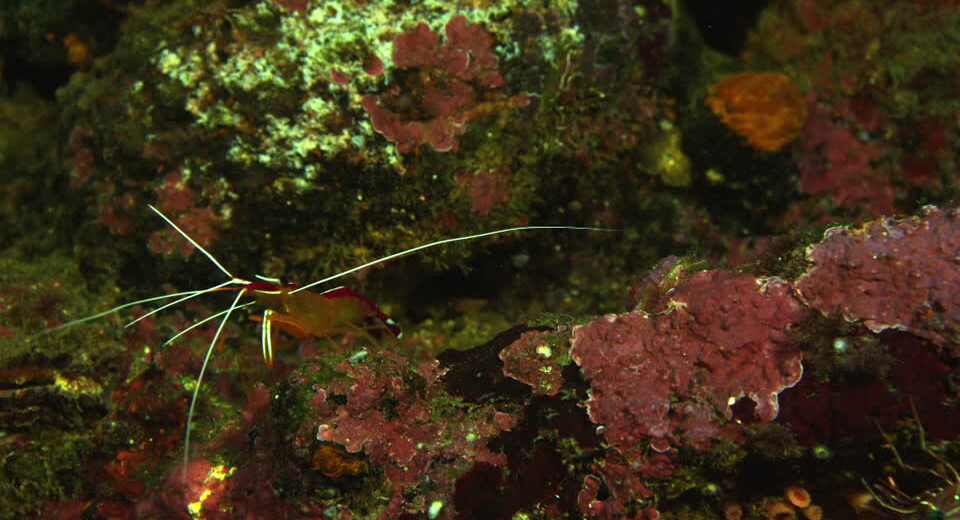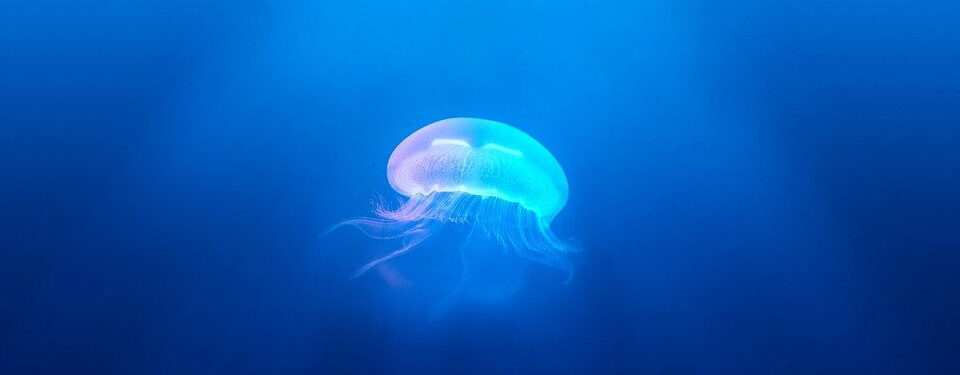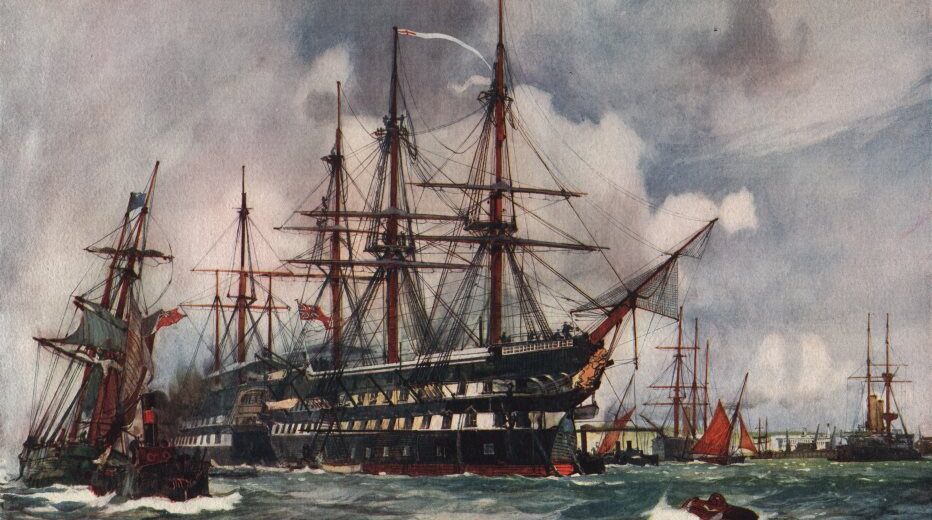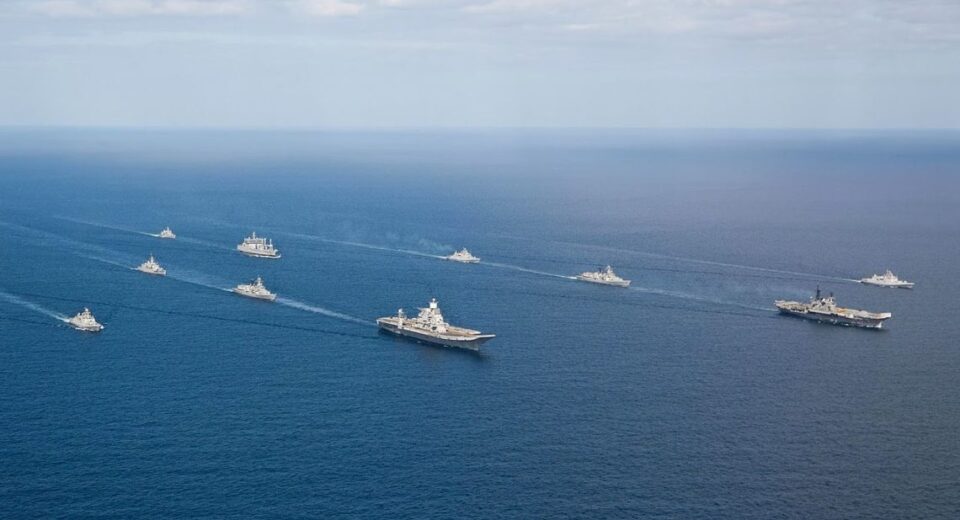Soundscape Mapping for Snapping Shrimp Noise in the Indian Ocean Region (IOR)
Soundscape Mapping for Snapping Shrimp Noise in the Indian Ocean Region (IOR) “Snapping Shrimps are very unique creatures that generate high intensity sound of the order of 180 dB re 1μPa at 1 m, which is louder than the big whales that are much larger in size.” Snapping Shrimps are very unique creatures that generate high intensity sound of the order of 180 dB re 1μPa at 1 m, which is louder than the big whales that are much larger in size. Another distinction is that these snapping shrimps are in large numbers within a shrimp bed (of the order of few thousands), compared to the single digits of the big whales. The mechanism of generating sound in these creatures is Cavitation which occurs due to snapping of their claws. The bursting of the cavitation bubbles generates sound in the frequency band from 2 to 250 kHz. The combined broadband sound of a snapping shrimp bed has its peak in the frequency band of 2-15 kHz with intensity of the order of 200 dB re 1μPa at 1 m. Such loud noise can impact multiple underwater systems including sonars deployed onboard Submarines and for coastal surveillance. The snapping shrimps are warm water creatures that have their habitat in the tropical and sub-tropical littoral waters. Their habitat is described by temperatures greater than 11o and depths less than 55 m with bottoms of corals, hard rocks or sponges to enable protection from preys. They stun their preys with the high intensity sound to meet their foraging requirements. The size of their population in any colony depends on the habitat favouring the above conditions. The colonies have sufficient adult population as their breeding is spread across the entire year, so the sound generated is reasonably stable. “The ongoing geopolitical developments, make the IOR extremely critical from a geostrategic perspective and thus Maritime Domain Awareness (MDA), or more specifically Underwater Domain Awareness (UDA) becomes the most important component of maritime capacity building. The loud noise from these snapping shrimps is a major impediment for effective UDA in the IOR. This creates a strong case to map the soundscape due to snapping shrimp noise in the IOR.” The Indian Ocean Region (IOR), presents very favourable conditions for their breeding and thus it is a hotspot. The ongoing geopolitical developments, make the IOR extremely critical from a geostrategic perspective and thus Maritime Domain Awareness (MDA), or more specifically Underwater Domain Awareness (UDA) becomes the most important component of maritime capacity building. The loud noise from these snapping shrimps is a major impediment for effective UDA in the IOR. This creates a strong case to map the soundscape due to snapping shrimp noise in the IOR.The urgency of such studies comes from the fact that Submarine proliferations in the IOR is on the rise and the snapping shrimp noise can significantly limit the deployment of submarine in the tropical littoral water. The way forward for such studies start from identification of the hotspots, based on the habitat conditions. The sensitivity to the habitat conditions is well established and there is a requirement of monitoring the diurnal as well as seasonal changes and then correlating them to the soundscape impact. There is also the aspect of application specific generation of noise. These species are known to be active during night for foraging. The mapping efforts will require a spatio-temporal analysis of the habitat followed by the soundscape mapping. The conducive temperature conditions in the IOR with an average sea surface temperature, ranging between 27o to 32o C, makes it a favourable habitat for the snapping shrimps. The depth also is largely below 70m in most parts of the region and the seabed provides shelters like crevices and caves in corals, rocky seabed and shells, enabling these species to flourish. The snapping shrimps have tolerance levels for wide variation of salinity levels ranging from the mesohaline (5-18 ppt) to hyperhaline (>40 ppt), but are found abundantly in the range of 35 ppt. The IOR has salinity variation in the range of 32 to 37 ppt with large local variations within. The Arabian Sea has high salinity closer to 37 ppt due to high evaporation, whereas the Bay of Bengal has low salinity of the order of 32 ppt due to high freshwater drainage from the river systems. The diurnal variations are also very interesting. The noise levels have been found to be approximately 3-6 dB higher during the night-time with maximum values during dawn and dusk due to predatory activities. The seasonal variations are not very profound, however observed to be louder during warm climate and could certainly get louder with global warming. Habitat mapping leads us to the next step of soundscape mapping. The ambient noise due to snapping shrimps has been found to have a log-normal distribution from the actual field recording. Two physical models have been developed to-date to estimate the noise due to snapping shrimp. The first is based on geometric consideration and assumes that individual shrimps snap independently. The second is based on behavioural consideration that assumes that individual shrimp snapping is inter-dependent. Both the methods are able to provide the spatio-temporal distribution of the snapping shrimp noise. “The frequency band from 2 to 15 kHz, where the snapping shrimp noise is seen to be peaking, has multiple other competing sources as well and needs to be accounted for while undertaking the soundscape mapping.” The frequency band from 2 to 15 kHz, where the snapping shrimp noise is seen to be peaking, has multiple other competing sources as well and needs to be accounted for while undertaking the soundscape mapping. The wind noise also overlaps in the same frequency band and can be estimated from the sea state (more specifically the wind speed) upto 10 kHz, beyond which the snapping shrimp noise dominates the spectrum. Heavy precipitation levels can also raise the ambient noise levels in the frequency band of 1-100 kHz, however it can be estimated based on the sea surface







